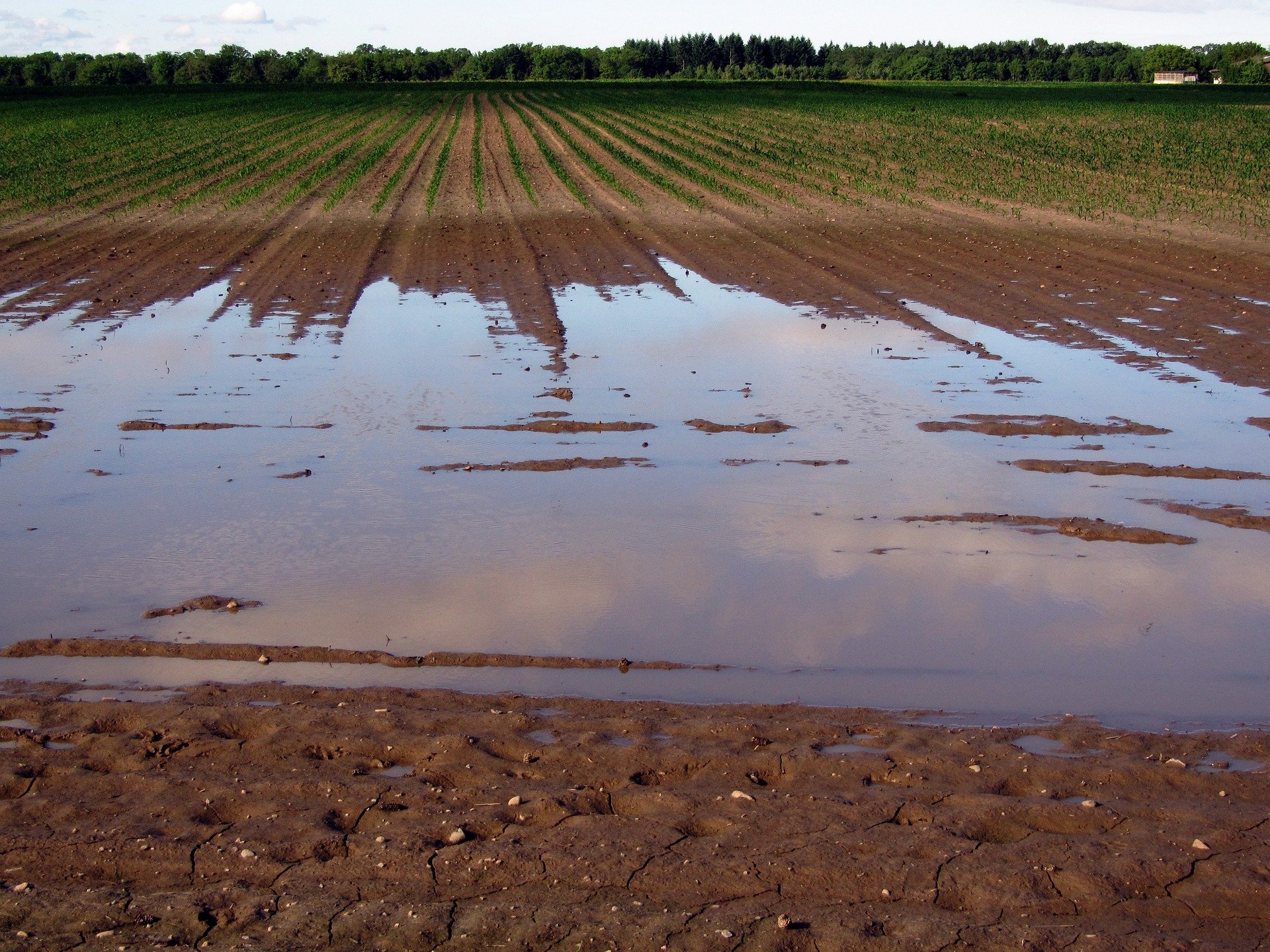Flooding Solutions
Our first 1% Better sub-topic for 2023, under the banner of ‘what is a zero-carbon home’, looks at flooding solutions. Over the coming month we will be investigating flooding and drainage solutions, including options that are proven to be more sustainable. Before we look at the options available and how SOLID implements them in our projects, we want to share a little more on planning and how it can help stop flooding in future developments.
How Planning Assists with Flood Risk
With sea levels on the rise ‘flood risk’ is becoming a greater threat than ever. The term flood risk denotes the probability of an area flooding either now or in the future. That flood water can come from multiple sources including surface runoff, direct rainfall, rivers and seas or artificial sources. Planning constraints have been put in place by the UK government to reduce the risk of flooding both now and in the future. Their policies are regularly reviewed, with the most recent update falling on the 25th August 2022. Currently these policies require developers to show, before planning can be approved, that housing developments will withstand flooding over their lifetime and flood risk is not increased in the surrounding area. With most areas of the UK still seeing a huge demand for new housing the aim of these planning constraints is to make new developments more resilient to flooding and housing which is built to last.
Planning requires developers to prove that the proposed development can pass a series of tests. Land is divided into different flood zones and the tests required can vary depending on which flood zone the proposed development falls into. Flood zone 1 has far fewer restrictions than zones 2 and 3. Flood zone 1 has a chance of flooding of 0.1% (1:1000). Flood zone 2 has a higher chance of flooding, but the probabilities vary greatly. Those situated within flood zone 2 can have a chance of river flooding anywhere between 0.1 and 1% (between 1:1000 and 1:100) and a chance of sea flooding anywhere between 0.1% and 0.5% in a year (or 1:1000 and 1:200). Flood zone 3 is split into two sections, A and B, and has the most restrictions. Those within flood zone 3 are at a 1% or greater risk of flooding. Zone 3a has stringent constraints. Zone 3b is considered functional floodplain but highly and more vulnerable developments will not be permitted (park homes, houses, hospitals, pubs etc.)
Sequential Test
Those that fall into flood zones 2 & 3 (those that are liable to river or sea flooding) are required to complete a sequential test. A sequential test is designed to ensure the development is at little or no risk of flooding at any point during its lifespan. The aim is to look at the proposed site and evaluate if there are any sites available with lower flood risk, avoiding development in medium and high-risk flood areas. The sequential test takes climate change into consideration. It evaluates future flood risk as well as current, proving itself a more reliable solution in the prevention of flooding by reducing the reliance on flood defence systems. In certain circumstances, those within flood zone 1 may also be required to do a sequential test.
Exception Test
In cases where a development is within a flood zone and the sequential test has proven there are no alternative sites then an exception test may be carried out. An exception test will only be accepted if it can be proven that ‘the sustainability benefits of the development to the community outweigh the flood risk’. Planning will only be approved if the development can be kept safe from flooding for its lifetime. It needs to be ensured that residents will be kept safe, taking into consideration their needs and vulnerabilities.
The last of the essential documentation to be submitted alongside the planning application is the flood risk assessment. A flood risk assessment will be needed if any part of the development, no matter how large that development is, falls within a flood zone. The only exception is if the development is in flood zone 1 and has less than 1 ha sitting within that zone (unless it is viable to flooding from sources other than seas and rivers - drainage issues, surface water etc.) A flood risk assessment details all the proposed site’s risk of flooding and is generally conducted by a flood risk specialist. The flood risk specialist will help identify whether the site is prone to flooding and from what sources, and whether or not these sources require further investigation. They will look at whether surface run off from the development will cause issues elsewhere and whether the site is suitable for the development proposed. If flooding does pose a risk, how is that flooding going to be avoided.
A drainage strategy is usually required where flood issues are present. Our civils team specialise in drainage strategies for both small- and large-scale developments and can help advise on a strategy that best suits your project. At SOLID we focus on SuDs as much as possible. SuDs are sustainable drainage systems which provide a more natural solution to water management. We look forward to sharing more on how we implement SuDs in our next 1% Better Flooding Solutions blog posts.




